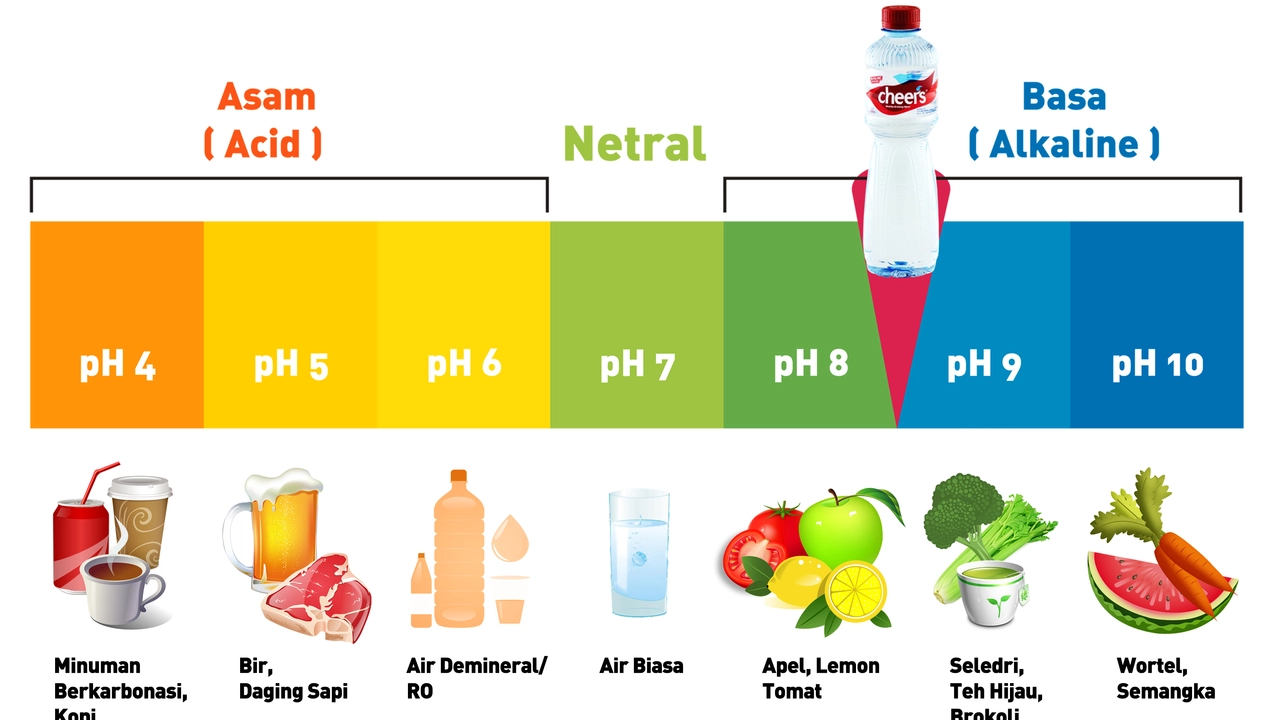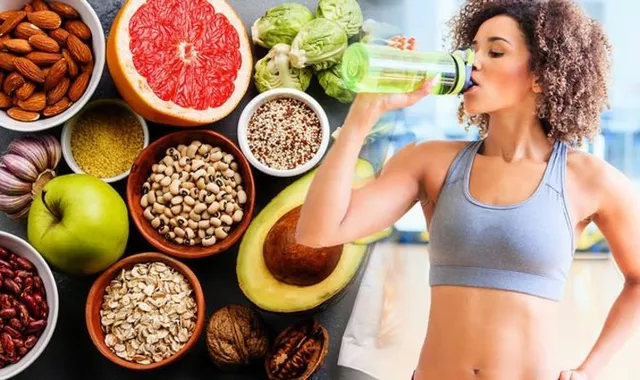Alkaline diet: What it is, what to eat, and how to start
Heard about the alkaline diet and wondering if it’s worth trying? The idea is simple: favor foods that leave an alkaline ash (like most vegetables) and eat fewer acid-forming foods (like processed meat and sugar). People try it for better energy, less bloating, or cleaner eating — but results vary. Here’s a plain, useful guide so you can try it without guesswork.
Which foods to eat and which to skip
Focus on whole, minimally processed plant foods. These are commonly listed as alkaline-forming:
- Leafy greens: spinach, kale, chard
- Non-starchy veggies: cucumber, broccoli, cauliflower
- Fruits: lemons, limes, avocados, berries
- Legumes, nuts, and seeds (in moderation)
- Whole grains like quinoa and millet
Cut back on foods often labeled acid-forming:
- Processed foods, fast food, and sugary snacks
- Refined carbs: white bread, pastries
- Most processed meats and large amounts of dairy
- Excess alcohol and sugary drinks
Note: citrus fruits taste acidic but are usually alkaline-forming after digestion. That’s why lemon water shows up on many alkaline diet lists.
Practical meal swaps and a simple starter plan
Small swaps make the diet doable. Try these: replace white rice with quinoa, swap soda for sparkling water with lemon, choose grilled fish or beans instead of processed sausages, and double your vegetable portion at dinner. Aim for plates that are roughly 2/3 vegetables and 1/3 protein or grains.
Starter plan (easy): Breakfast: oatmeal topped with berries and almonds. Lunch: big salad with mixed greens, chickpeas, avocado, and a lemon-olive oil dressing. Snack: carrot sticks or an apple. Dinner: roasted veg, quinoa, and a small portion of baked fish or tofu. Keep portions sensible; the diet isn’t about extremes.
How will you know it’s working? Expect modest changes: fewer cravings, lighter digestion, maybe more energy. These are personal and take a few weeks to notice. If you track meals and symptoms, you’ll see patterns faster.
One key safety note: the alkaline diet is mostly a plant-forward eating style, which is healthy for many people. But if you have kidney disease, take certain meds, or are pregnant, check with your doctor first. Dramatic, long-term cutting of major food groups can cause nutrient gaps if you don’t plan meals well.
Want a quick tip to start today? Add one extra serving of leafy greens to your next meal and swap one processed snack for a fresh fruit or handful of nuts. Small steps add up faster than big, sudden changes.

Hi guys! In today's post, I'll be exploring the relationship between an alkaline diet and gut health, particularly with respect to alleviating symptoms of diarrhea. We'll dive deep into how maintaining pH balance through an alkaline diet can impact our digestive health. Let's unpack the significance of pH balance for managing gut health, and discover what foods can help neutralize acidity in our bodies and potentially provide relief from diarrhea. It's time to take control of our health, one meal at a time!
Chris Gore Nov 8, 2023




